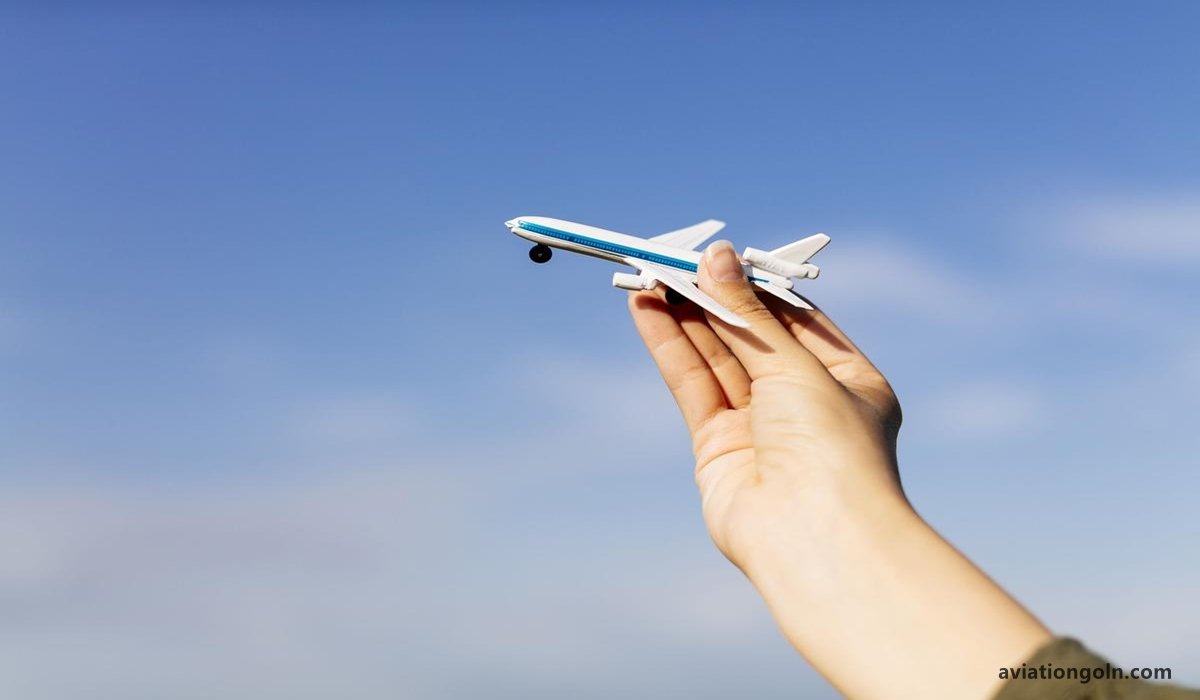Charter Pilots: Flying is not just about commercial airlines and military missions. Beneath the broad sky of aviation lies a world of opportunities in general aviation, and Charter-Pilots make up a significant portion of this sector. Charter flying provides an avenue for pilots to build their careers, often offering experiences and challenges that differ from commercial airline routes. This article delves deep into the realm of Charter-Pilots, exploring their roles, the challenges they face, and the unique opportunities that come with the profession.

Charter Pilots: General Aviation Careers
1. Defining Charter-Pilots
Charter-Pilots operate non-scheduled flight services, which means they fly aircraft for hire on an on-demand basis. These flights are tailored to the client’s needs and do not operate on fixed routes or timetables like commercial airlines. They transport passengers, cargo, or sometimes, both. The operations can range from transporting business executives to remote destinations, ferrying medical supplies, or even flying adventure seekers to exotic locales.

2. The Diversity of Charter Operations
- a. Corporate/Business Pilots: These pilots fly company executives and employees on business trips, ensuring quick, efficient, and flexible travel. These roles often involve flying high-performance, sophisticated jet aircraft.
- b. Medical and Emergency Services: Charter-Pilots in this category might fly air ambulances, transport medical teams, or ferry organs for transplantation. The nature of these flights often means that pilots need to be ready to fly at odd hours, sometimes under challenging conditions.

- c. Freight and Cargo Transport: Pilots in this sector ferry goods, which could be anything from delivering car parts to transporting live animals.
- d. Adventure and Tourism: From scenic flights over national parks to heli-skiing trips in remote mountains, Charter-Pilots operating in the tourism sector offer unique aerial experiences to their clients.

3. Becoming a Charter Pilot: Requirements and Training
Starting as a charter pilot usually requires a Commercial Pilot License (CPL). Here’s a basic roadmap:
- a. Private Pilot License (PPL): The foundation of all flying careers. It involves ground school, written exams, and a minimum of 40 flight hours, including solo, cross-country, and night flying.
- b. Instrument Rating (IR): Essential for Charter-Pilots, this rating ensures that pilots can fly in diverse weather conditions using only the aircraft’s instruments.
- c. Commercial Pilot License (CPL): This license is a must for those seeking a career in charter flying. It requires at least 250 flight hours, including specific time dedicated to solo, cross-country, and night flying. Pilots must also pass a rigorous flight test.
In addition to the licenses, charter companies might require a type rating for specific aircraft or additional certifications, depending on the nature of the operations.

4. Benefits of Being a Charter Pilot
- a. Diverse Flying Experience: Charter-Pilots often find themselves flying to different destinations, facing varied weather conditions and challenging terrains, which enriches their flying experience.
- b. Networking: Flying high-net-worth individuals or business executives can lead to networking opportunities and might open doors to other flying gigs or ventures.
- c. Flexibility: Unlike commercial airline pilots, Charter-Pilots might enjoy more flexible schedules, although this can also be a double-edged sword.
- d. Building Flight Hours: For pilots eyeing a career in commercial airlines, charter flying can be an excellent way to accumulate the required flight hours.

5. Challenges Faced by Charter-Pilots
- a. Unpredictable Schedules: On-demand flying means pilots must be ready to adapt to changing schedules.
- b. Varied Responsibilities: Besides flying, Charter-Pilots might also handle flight planning, aircraft maintenance checks, and even customer service roles.
- c. Competitive Landscape: The general aviation sector, including charter services, can be competitive. Standing out and building a reputation is crucial.
- d. Economic Fluctuations: The demand for charter services, especially in sectors like tourism, can be susceptible to economic downturns.

6. Future of Charter Pilots and General Aviation Careers
With the rise of technologies such as electric aircraft, drones, and vertical take-off and landing (VTOL) machines, the landscape of general aviation is rapidly changing. Charter pilots might soon find themselves operating hybrid aircraft or even fully autonomous machines. Continuous learning and adaptability will be the key to thriving in this evolving environment.

Charter pilots operate in the dynamic world of general aviation, offering a unique blend of challenges and rewards. Their roles extend beyond mere flying, often encompassing duties that demand diverse skill sets, from technical expertise to interpersonal skills. While the journey to becoming a charter pilot demands dedication and rigorous training, the experiences gleaned from this career path are unparalleled. As the aviation industry continues to evolve, charter pilots, with their versatility and adaptability, are poised to remain at the forefront, navigating the skies of opportunity.
